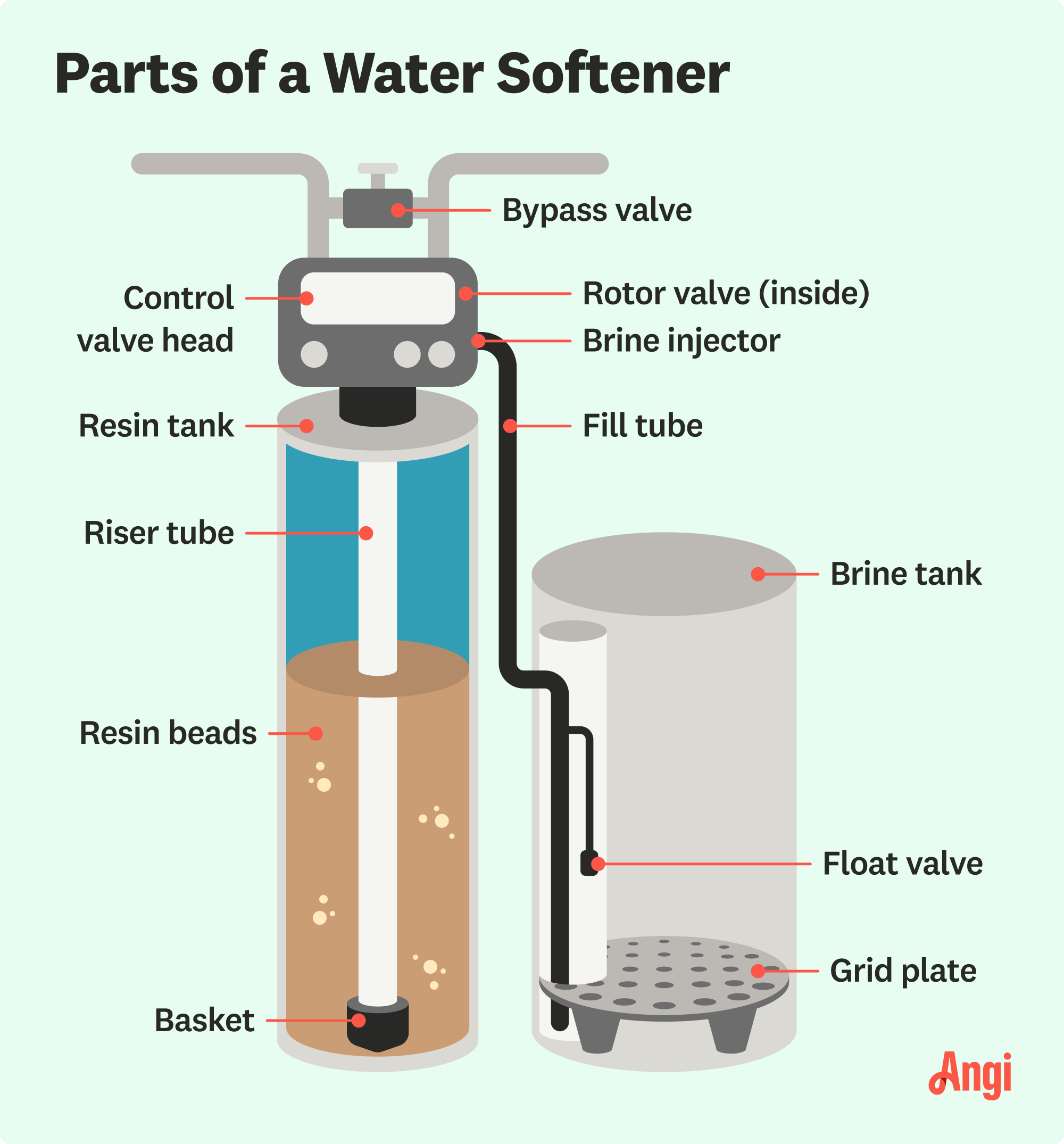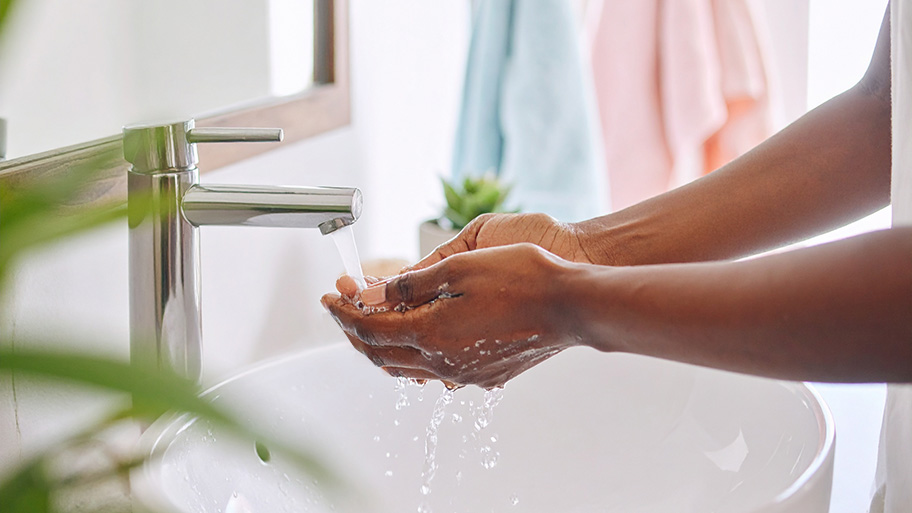
Making updates to your home? You may need to move your gas line to fuel new appliances or meet code regulations. We’ll cover the cost of moving a gas line, plus project tips.
Keep the water soft and your frustration even softer


Water softeners require regular maintenance to maximize the lifespan of the appliance. Without these checks and cleanings, you'll start noticing spots on the dishes, soap that won't lather, and other tell-tale signs of a struggling water softener. This could also lead to damage to the pipes and related appliances, like the dishwasher. Maintaining a water softener isn't as hard as it seems, and we've got a checklist to make sure things go smoothly.

This checklist will walk you through every aspect of water softener maintenance, from salt levels to the resin tank and beyond. Some supplies are required to complete some of these tasks, though you likely have most of these already.
Soft cloths or sponges
Bucket
Soft brush
Water softener cleaning solution
Screwdriver
High-grade salt in pellet or crystal form
Resin tank cleaner
Your unit’s user manual
A well-maintained water softener system extends the life of your plumbing and appliances and ensures you always have soft water. This checklist outlines the daily, weekly, monthly, and yearly tasks needed to keep your water softener in peak condition.
Before starting any maintenance routine for your water softener, check the manual for guidelines. Each machine is different. Beyond that, there are some simple daily steps you can take to increase your softener’s lifespan.
Make sure the system is using the correct salt, which includes high-purity salt and not rock salt.
Check the brine tank to make sure the salt levels are appropriate.
Look for salt mushing or salt bridges, which could indicate a larger problem.
Perform a quick test for water hardness to make sure the appliance is doing its job.
Check the system for error messages.
Listen to the water softener work, paying special attention to unusual noises.
These weekly tasks shouldn't take up too much time, but they reap dividends when it comes to the lifespan of your water softener.
Inspect the resin beads for discoloration, if your system allows access.
Make sure that regeneration cycles are running as scheduled (check the instructions in your manual on how to do that).
Inspect the resin tank to ensure that water is flowing correctly.
Check the brine tank for crusts of evaporated salt because this could indicate an operational problem.
Pay special attention to how much salt you're using and try not to add new salt on top of old salt.

Here are some fairly simple tasks to conduct each month or each quarter. This depends on how much use the water softener gets.
Clean the brine tank to remove debris and mineral buildup.
Inspect the brine tank for excess sediment or blockages.
Check the resin tank for wear and pay special attention to any surrounding parts.
Test the overall water hardness levels in the home.
Take a look at the control valve and bypass valve to make sure they operate smoothly.
Check the distribution arm to ensure even water flow.
Clean the venturi valve for better suction.
Verify the system settings to make sure everything is how you want it.
Check that the timer is accurate, especially if you recently experienced a power outage.
Remember to consult the instruction manual for information on how to access the components.
The big annual task? Hire a local water softener pro to conduct a proper inspection. This crucial step helps suss out rust, corrosion, and worn-out parts as early as possible. Here are some other things to check off once a year.
Inspect the resin bed and give it a good cleaning if required.
Inspect seals, O-rings, and gaskets for holes and water softener leaks.
Check the various lines for clogs and scale buildup.
Check the softened water for iron and use a removal product on the resin bed if necessary.
Flush the system with clean water.
Many of the simpler maintenance tasks here are DIYable, especially if you have access to the water softener's instruction manual. This includes cleaning the water softener. However, the annual inspection should be left to a professional because they'll be able to easily access components you could have difficulty with. Also, you should consider hiring a pro if you encounter any actual issues that require repair during the various inspections.
From average costs to expert advice, get all the answers you need to get your job done.

Making updates to your home? You may need to move your gas line to fuel new appliances or meet code regulations. We’ll cover the cost of moving a gas line, plus project tips.

The costs for common plumbing issues are determined based on parts, labor, and expertise level. Read our guide to find out how much you should budget.

Discover the average water tank cost, including installation, maintenance, and tips to save. Get transparent pricing and expert advice for your home project.

Plumbing a bathroom starts with knowing the steps for a successful DIY project. Follow this guide to learn how to plumb a bathroom yourself.

The water main line is essential to your home’s plumbing. Over time, it can develop wear or damage. Find out how much a main water line replacement costs here.

Linear shower drains offer several stylistic options for your bathroom, but they can come at a cost. Keep reading to learn about linear shower drain pros and cons.